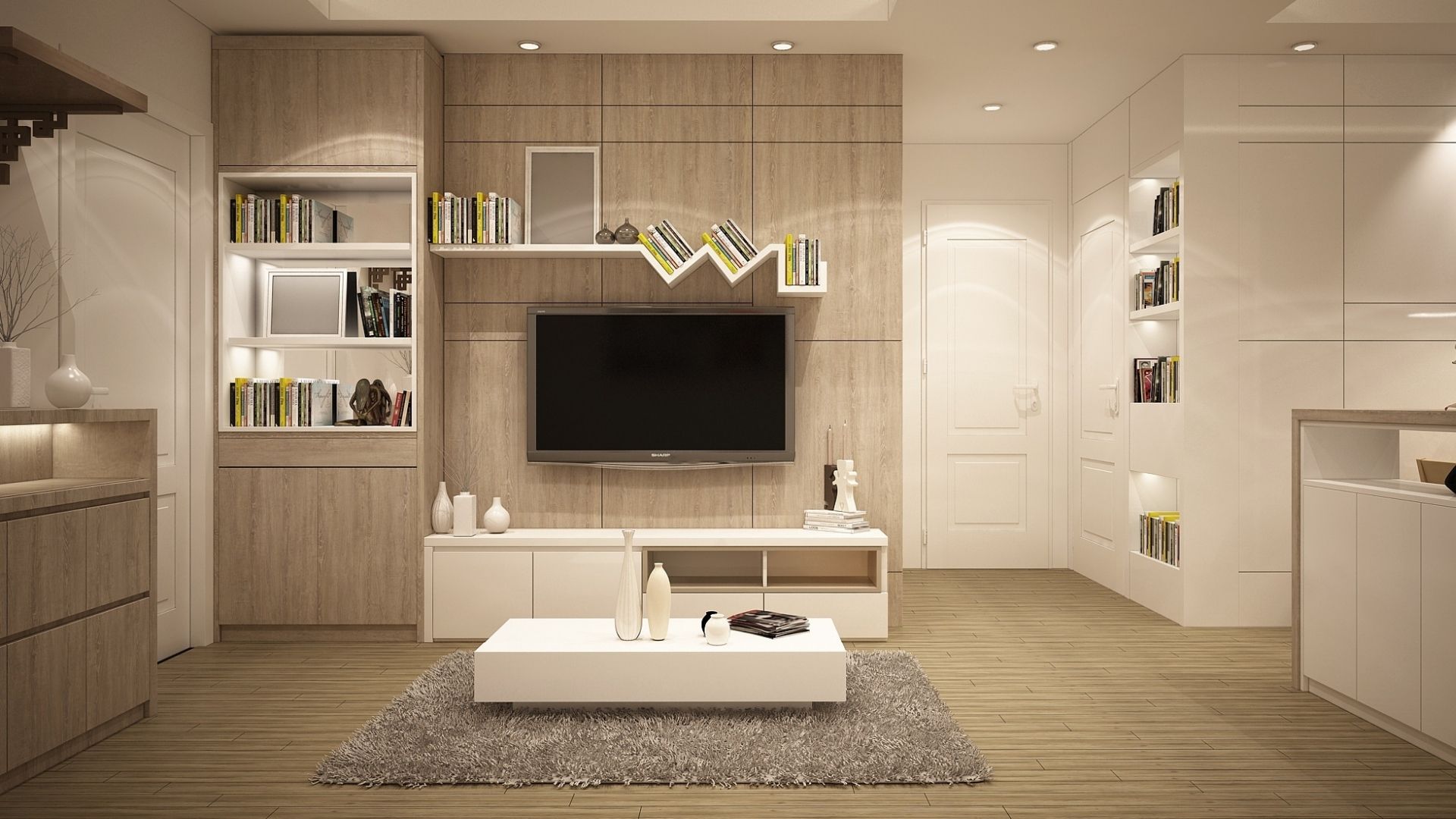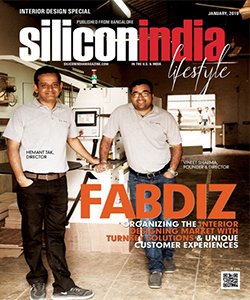In the ever-evolving landscape of architecture and design, the traditional boundaries separating spaces have undergone a profound revolution. At the forefront of this transformation stands Architrave, an avant-garde concept redefining the very essence of partitions. Gone are the days when walls merely divided; Architrave represents a fusion of intelligence and innovation, bringing forth a smart partition system that adapts, responds, and transforms spaces dynamically. Its integration of cutting-edge technology and design principles has elevated the notion of partitions from static dividers to interactive elements that engage with their environment and cater to the diverse needs of modern living and working spaces.

Architrave isn’t just a physical barrier; it embodies a paradigm shift in spatial design philosophy. Through its amalgamation of sensors and responsive mechanisms, Architrave transcends the conventional constraints of partitions, embracing adaptability as its hallmark feature. This intelligent partition system revolutionizes how we interact with our surroundings, adjusting transparency, shape, and acoustic properties based on user preferences and environmental cues. Architrave is more than a mere architectural element; it’s a testament to the synergy between technology and design, propelling us into a future where spaces dynamically transform to meet our ever-changing needs and desires.
What We'll Cover
ToggleUnderstanding Architrave: Beyond Conventional Partitions
Architrave isn’t merely a physical divider; it’s an embodiment of cutting-edge technology and design philosophy. Unlike static partitions of the past, Architrave harnesses smart sensors and responsive mechanisms, enabling it to adapt dynamically to environmental cues and user preferences.
Technological Integration:
At the core of Architrave lies an amalgamation of sensors and smart systems. These components empower the partition to sense changes in light, sound, and occupancy, influencing its transparency, shape, and acoustic properties. This technological integration grants Architrave the ability to transform spaces on demand, catering to evolving needs.
Adaptive Configuration:
One of Architrave’s standout features is its adaptability. It adjusts its opacity, creating private areas when needed or transparent partitions for an open, collaborative environment. This flexibility is not limited to visual elements; it optimizes acoustic levels and natural light flow, enhancing user comfort and productivity.
Architrave’s Impact Across Diverse Environments

Corporate Environments:
In office settings, Architrave reshapes the landscape of open-plan workspaces. It facilitates flexibility, allowing employees to create private zones for focused work or transparent spaces for collective endeavors. By modulating sound levels, it minimizes distractions, fostering a conducive work environment.
Residential Spaces:
Within homes, Architrave revolutionizes traditional room divisions. Its adaptability ensures privacy when desired and openness for family gatherings or social events. Integration with smart home systems offers effortless control, enhancing convenience and comfort for residents.
Retail and Hospitality:
Commercial spaces benefit significantly from Architrave’s dynamic adaptability. It aids in the creation of customizable zones within retail stores or restaurants, seamlessly transitioning between private consultation spaces and open customer areas. This adaptability elevates customer experiences and operational efficiency.
Architrave: Redefining Future Architecture and Design
Architrave’s integration into architectural discourse marks a turning point in spatial design. Its dynamic nature challenges the static confines of traditional partitions, offering architects and designers a canvas for innovative possibilities. This smart partition system introduces a new language in architecture—one that is responsive, adaptable, and aesthetically pleasing.
Advancing Flexibility and Functionality:
The flexibility Architrave offers in reconfiguring spaces aligns with the evolving needs of modern lifestyles. It allows for the seamless transformation of environments, catering to diverse activities and purposes within a single space.
Aesthetics and User Experience:
Its aesthetic appeal coupled with functionality enhances the overall user experience. Architrave becomes an integral element in creating visually captivating interiors while ensuring comfort, privacy, and connectivity as desired by occupants.
Architrave in Different Spaces
Architrave in the Foyer:
The foyer sets the tone for your home and often serves as the initial point of entry. Introducing Architrave here can create a welcoming yet functional space. Consider using a semi-transparent Architrave to subtly delineate the foyer from the rest of the home without creating a visual barrier. This allows natural light to flow through, maintaining an open ambiance. Decorate the foyer with a stylish console table, a mirror to add depth, and a welcoming rug to create a warm, inviting atmosphere. Additionally, incorporating accent lighting fixtures can highlight the Architrave, elevating its visual appeal.
Architrave in the Living Room:
In the living room, Architrave can be a versatile addition. Opt for an Architrave that adapts its opacity to create privacy when needed, such as during movie nights or when entertaining guests. Utilize it to partition a small reading nook or a workspace, creating functional zones within the living area. Decorate the living room with comfortable seating arrangements, vibrant cushions, and artworks. To accentuate the Architrave, consider using curtains or drapes alongside it, allowing for a layered and customizable look while enhancing its aesthetic appeal.
Architrave in the Bedroom:
The bedroom is a sanctuary for relaxation and privacy. Employ Architrave here to create a flexible partition that balances privacy with an open feel. Opt for Architrave that adjusts transparency, allowing natural light to flow during the day and offering privacy at night. Enhance the bedroom decor with soft, inviting bedding, ambient lighting, and minimalistic furniture. Consider adding a touch of elegance by incorporating sheer curtains that complement the Architrave, lending an ethereal and cozy vibe to the space.
Architrave in the Dining Area:
Integrating Architrave in the dining area can redefine its functionality. Use it to partition the dining space from adjacent areas while maintaining a sense of openness. Choose an Architrave that can transform its transparency to suit various dining occasions, from intimate family dinners to larger gatherings. Enhance the dining area’s ambiance by incorporating a stylish dining table, complemented by statement lighting fixtures above. Incorporate indoor plants or a decorative partition screen alongside the Architrave to add a touch of greenery and texture to the space.
That’s a Wrap
Architrave stands as a testament to the fusion of technology and design excellence. Its ability to transform spaces dynamically, respond intelligently to environmental stimuli, and complement diverse architectural styles underscores its significance in shaping the future of spatial design.
In conclusion, as the realms of architecture and design continue to evolve, Architrave emerges as a beacon of innovation. Its adaptability, responsiveness, and visual allure make it a cornerstone in the quest for versatile, functional, and aesthetically pleasing spatial solutions. As we embrace this evolution, Architrave represents a gateway to a more intuitive, dynamic, and enriching experience within our built environments.
FAQs
Architrave is an innovative smart partition system that integrates technology and design to create adaptable and dynamic barriers within spaces, offering varying levels of transparency and functionality.
Unlike traditional partitions, Architrave employs smart sensors and responsive mechanisms to adapt its transparency, shape, and acoustic properties based on environmental cues and user preferences.
Architrave offers enhanced flexibility, allowing for the creation of versatile zones within a space, optimizing natural light flow, providing privacy, and modulating sound levels as needed.
Architrave can be applied in diverse environments such as offices, residential spaces, retail stores, hospitality venues, and more, due to its adaptability and functionality.
Architrave introduces a modern and sleek design element, often enhancing the overall aesthetic appeal of a space while providing a contemporary feel to interiors.
Yes, Architrave can seamlessly integrate with smart home systems, allowing for easy control and manipulation of its settings, enhancing user convenience.
By optimizing natural light flow and enhancing insulation properties, Architrave can positively impact energy efficiency, reducing the need for excessive artificial lighting and heating.
Yes, Architrave is versatile and adaptable, making it suitable for use in homes, offices, retail spaces, restaurants, and other commercial establishments.
How customizable is Architrave in terms of design and functionality?
Architrave offers various customization options, allowing users to choose from different shapes, sizes, materials, and levels of transparency to suit specific design preferences and functional requirements.
Architrave generally requires minimal maintenance. Regular cleaning using non-abrasive materials or gentle cleansers is usually sufficient to keep it in good condition





